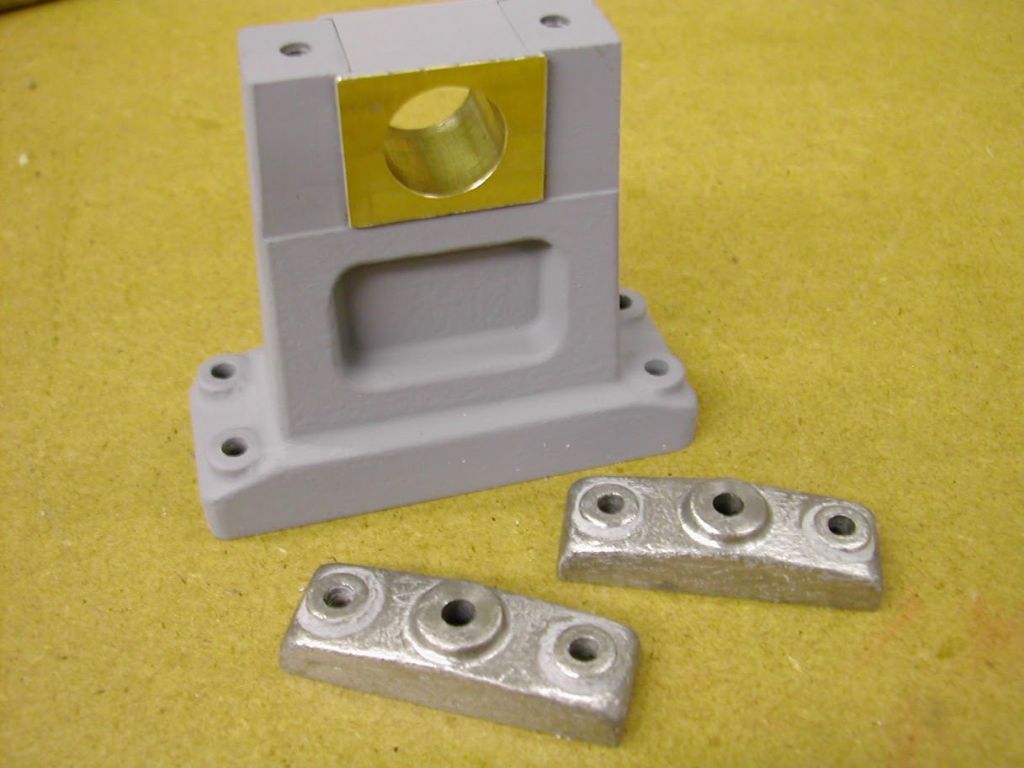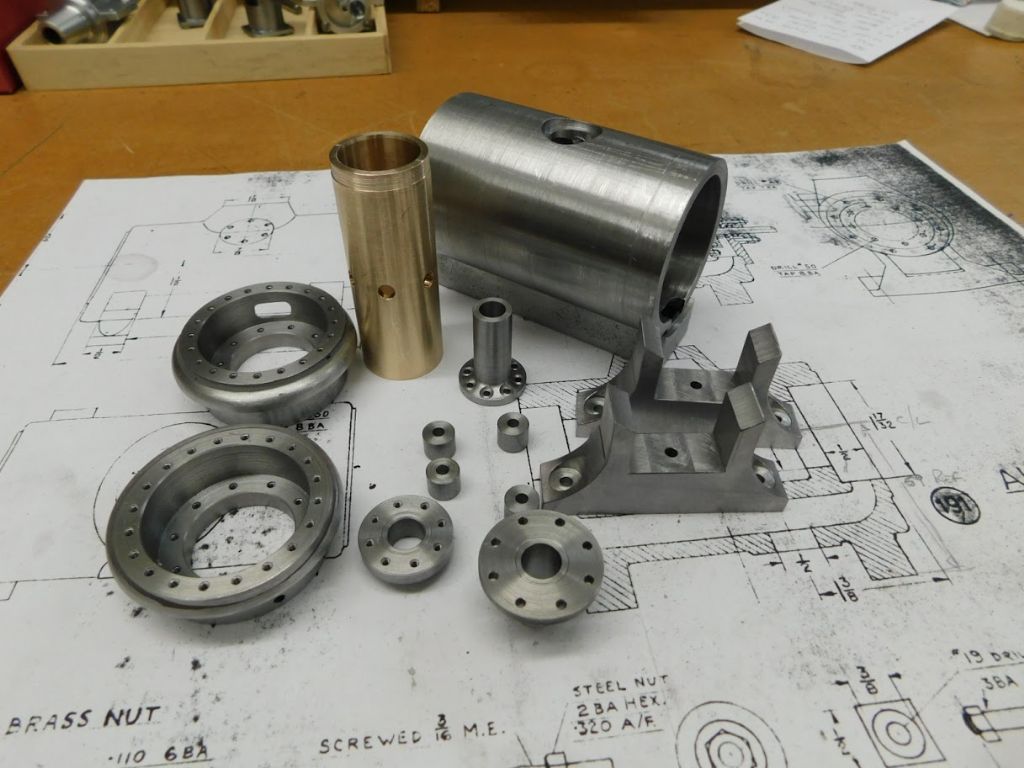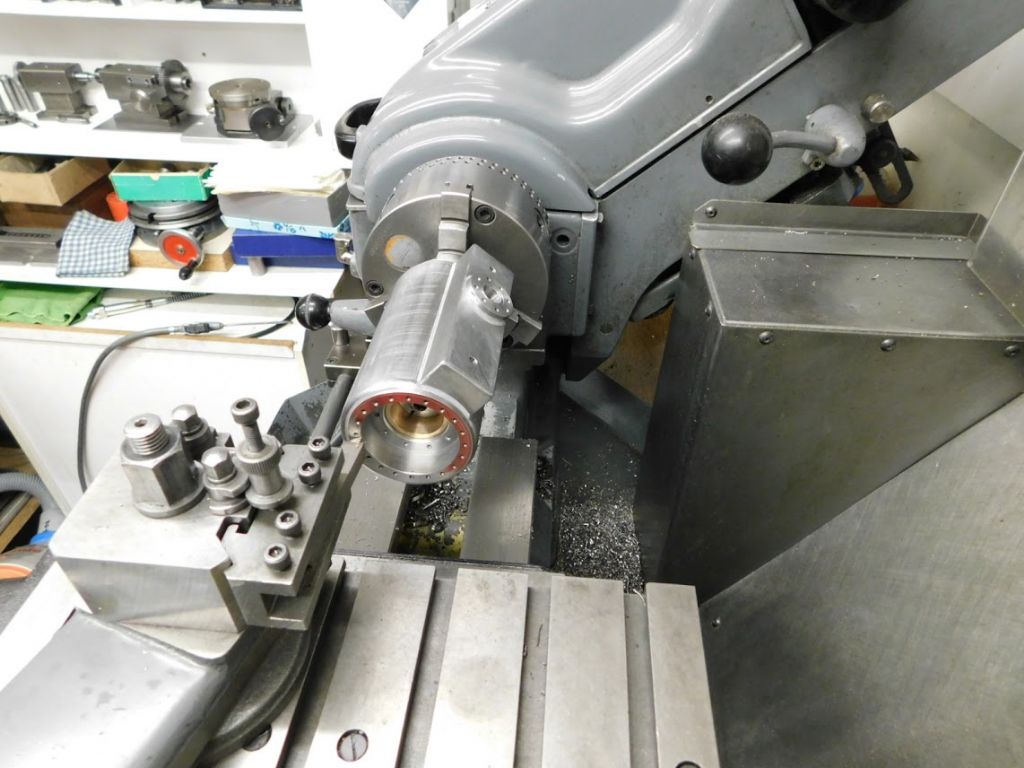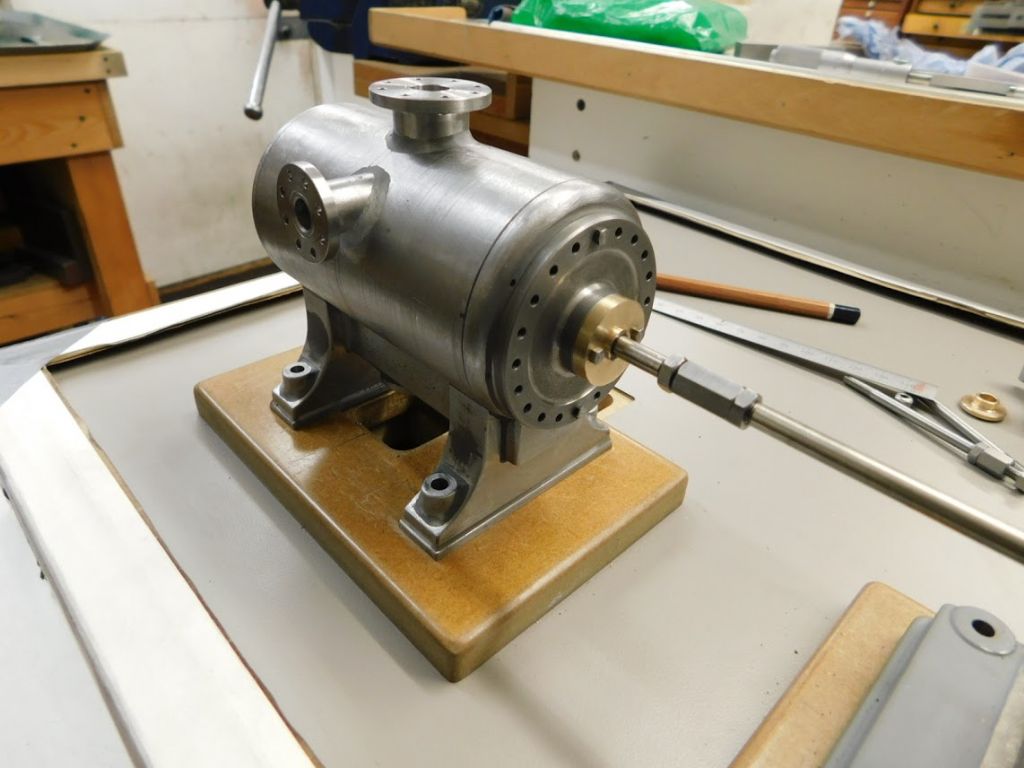Stuart Twin Victoria (Princess Royal) Mill Engine
Stuart Twin Victoria (Princess Royal) Mill Engine
- This topic has 1,261 replies, 33 voices, and was last updated 9 May 2025 at 18:35 by
Dr_GMJN.
- Please log in to reply to this topic. Registering is free and easy using the links on the menu at the top of this page.
Latest Replies
Viewing 25 topics - 1 through 25 (of 25 total)
-
- Topic
- Voices
- Last Post
Viewing 25 topics - 1 through 25 (of 25 total)
Latest Issue
Newsletter Sign-up
Latest Replies
- How many rings per piston?
- 2 speed motor for ML7
- “What about the drains in Finchley?”
- Serious Sun-Glass
- S&B Sabel lathe quick change tool post
- brierley drill grinder
- LMS 2F Experiences
- 3D Filament Printer Upgrade
- Kia Ora from the bottom of the world. Tool hoarder & enthusiast.
- bolts harness and head shearing?









































